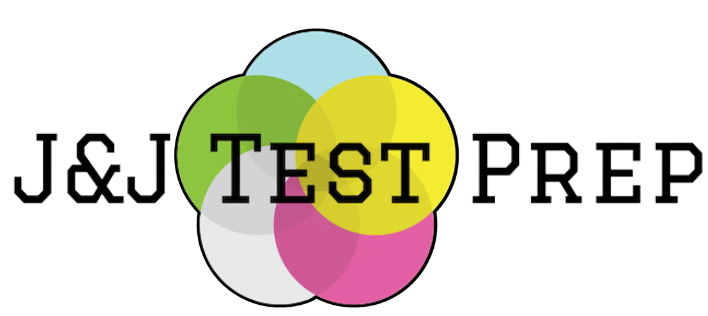Top Mistakes Students Make When Preparing for Standardized Tests
Preparing for standardized tests like the SAT® or ACT® is a significant undertaking, and it's easy for students to fall into some common pitfalls along the way. Here at J&J Test Prep, we’ve identified several mistakes that can hinder a student’s performance. By being aware of these, students can better prepare and increase their chances of success.
1. Preparing for Both Tests Simultaneously
Many students and parents believe that preparing for both the SAT® and ACT® will provide more options, but this approach often leads to diluted efforts and unnecessary stress. All American colleges accept either test, so it’s more effective to take both as a baseline to determine which test is a better fit and then focus on preparing for just one. This targeted preparation allows for a deeper understanding of the test format and content, leading to a better outcome.
2. Not Practicing Under Timed Conditions
Success on these tests relies heavily on students’ ability to move at the appropriate pace. Many students take practice tests without timing themselves, only to find themselves struggling to complete sections during the actual test. It’s crucial to simulate test conditions, including timing each section, to build the necessary time management skills and reduce anxiety on test day.
3. Not Starting Early Enough
Trying to cram for a standardized test doesn’t work the same way it might for a social studies unit test. The SAT® and ACT® cover a broad range of material, including math, reading, grammar, and, for the ACT, science. Starting preparation early allows students to gradually build their knowledge and skills, absorb the material thoroughly, and engage in repeated practice. This approach not only improves retention but also reduces the stress of last-minute studying.
4. Having Unrealistic Expectations
Setting unrealistic expectations, such as expecting a 400-point improvement, can hurt your confidence and make the process much more stressful. It’s important to set achievable goals based on diagnostic test results and incremental progress. Celebrate small improvements and understand that score increases take time and consistent effort.
5. Overlooking Test Day Logistics
Simple mistakes on test day, such as forgetting to bring necessary materials (ID, admission ticket, calculator) or not knowing the test center location, can add unnecessary stress. Plan and prepare all logistics well in advance to ensure a smooth test day experience.
6. Underestimating the Psychological Aspect
Test anxiety can significantly impact performance. It’s important to develop strategies to manage stress, such as mindfulness techniques, regular breaks, and maintaining a healthy lifestyle. Do remember: you can take this test more than once and can superscore at most universities (combine your best section scores to get the highest possible composite score). There is no pressure on any single sitting if you start early enough!
